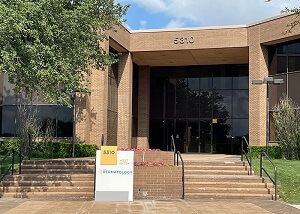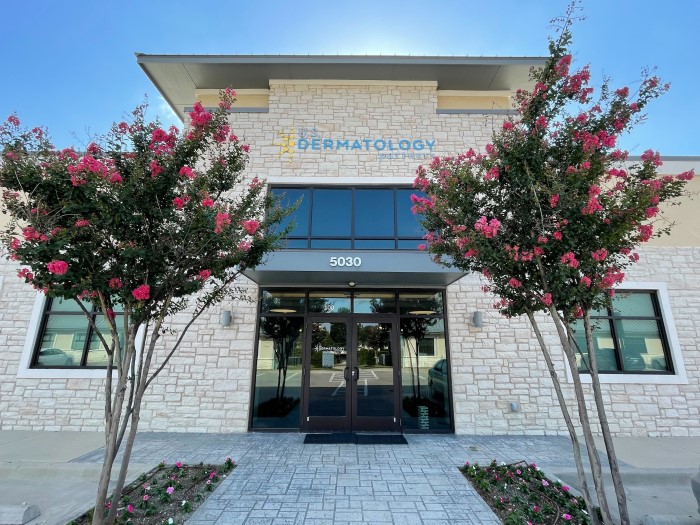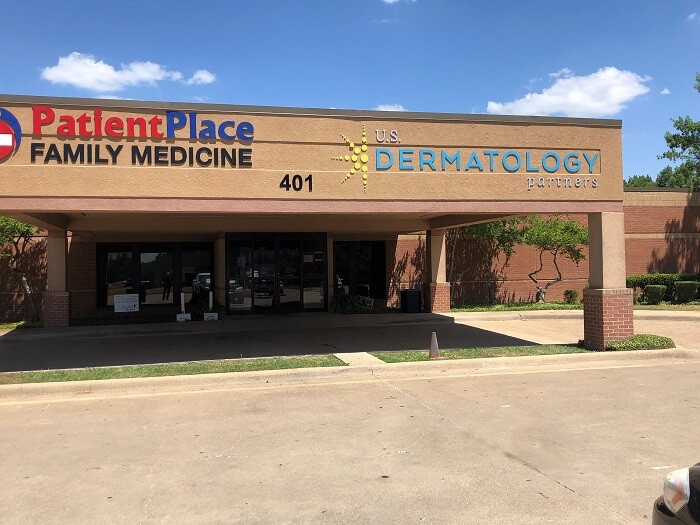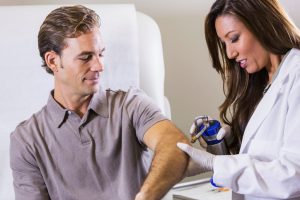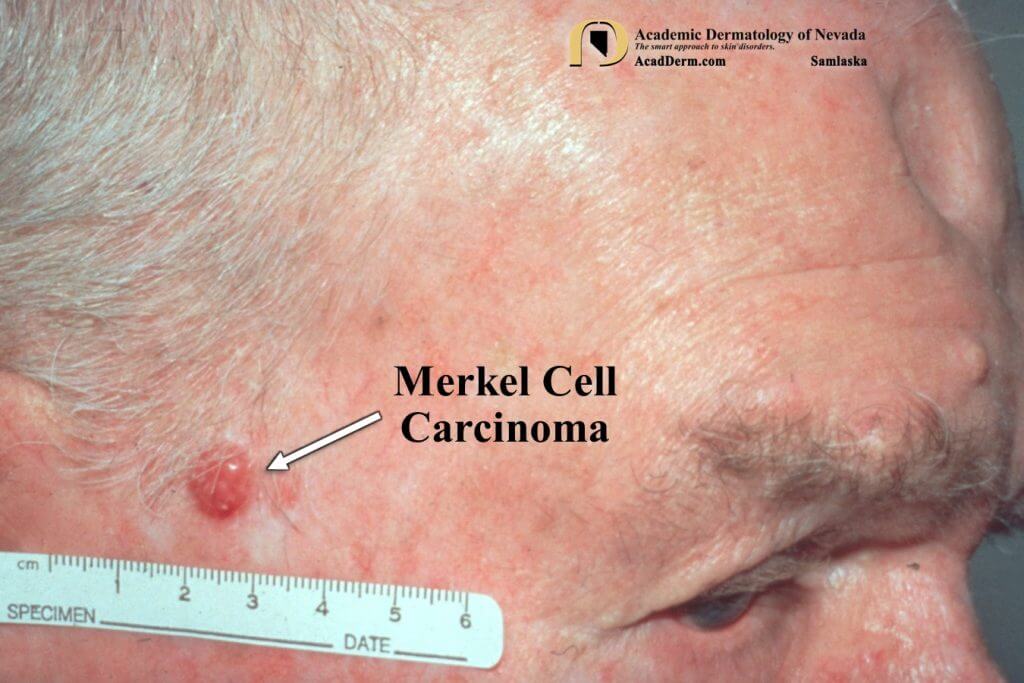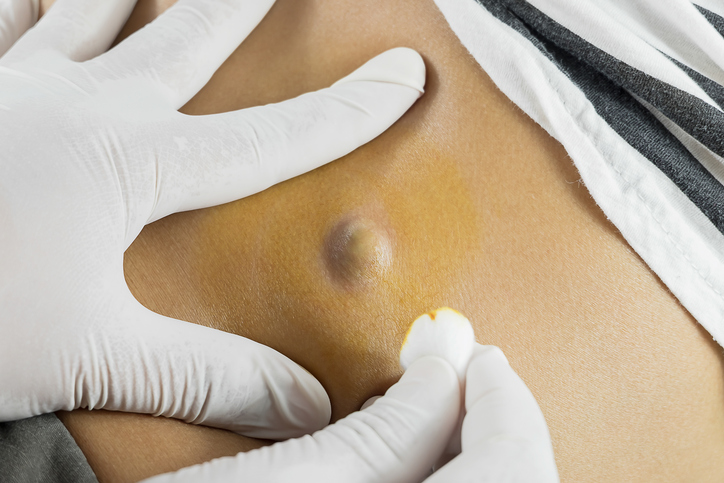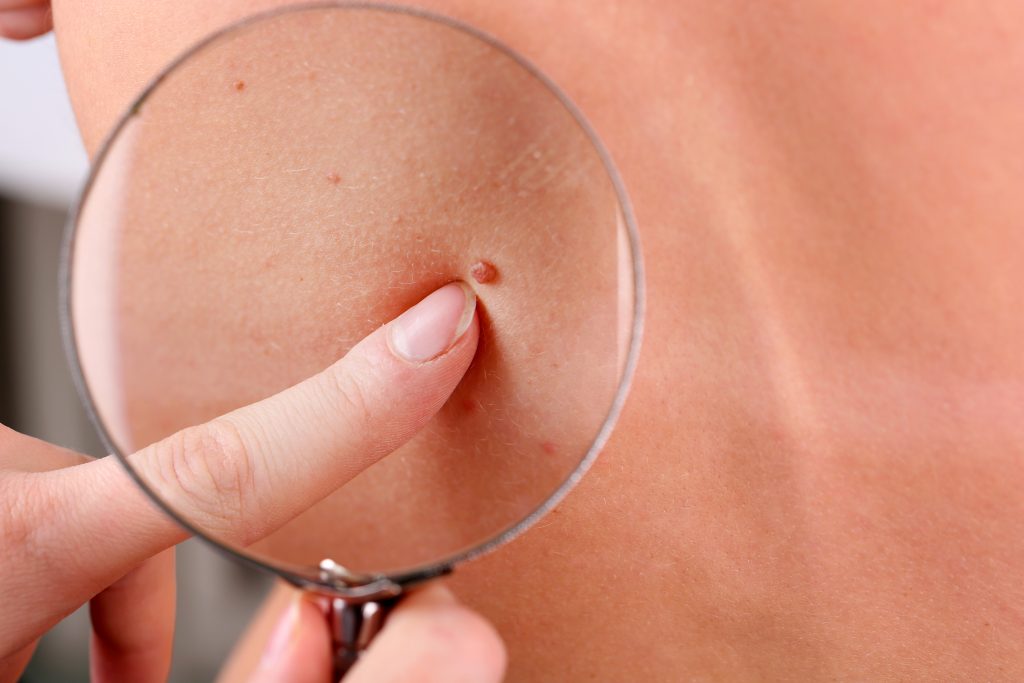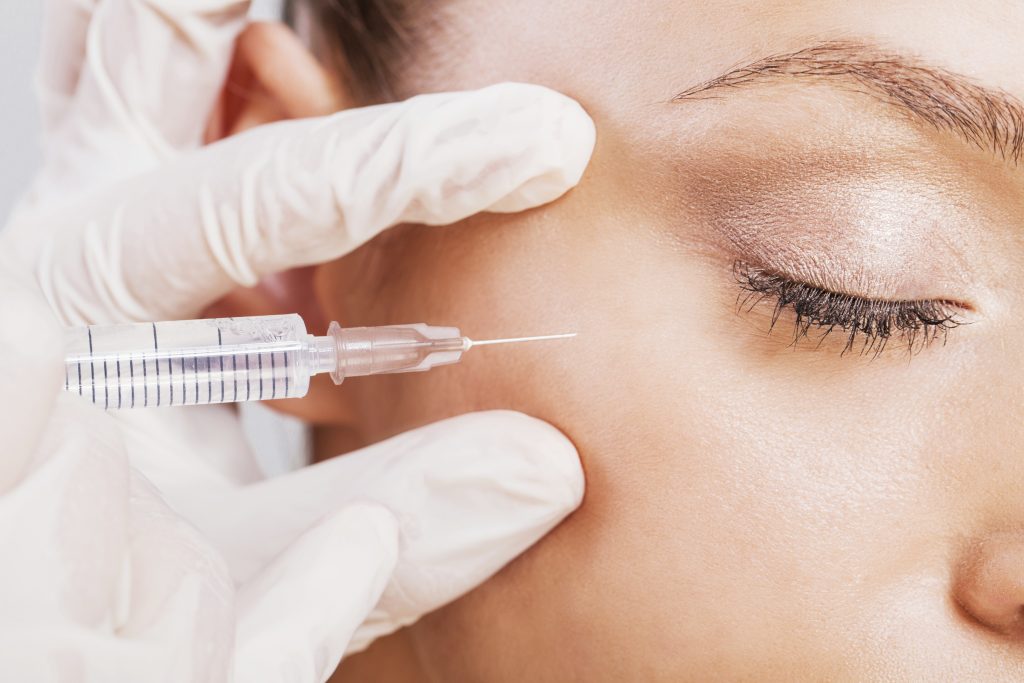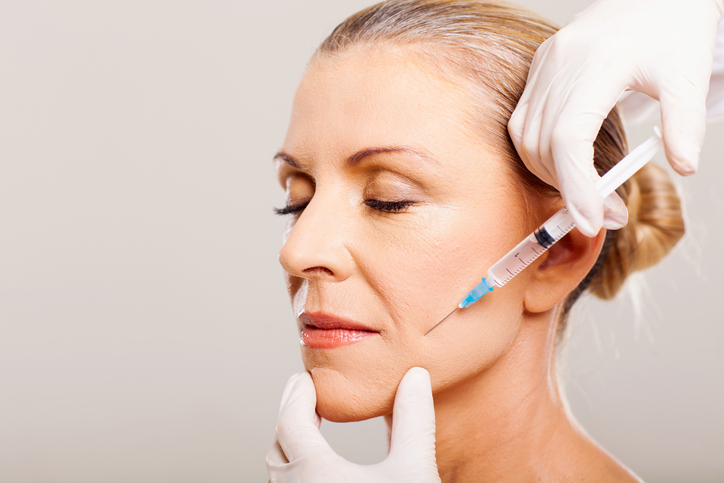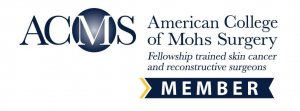
Dr. Valerie Truong is board-certified both as a dermatologist and as a Micrographic Dermatologic Surgeon. She is also a fellowship-trained Mohs surgeon in Dallas, Plano, and Corsicana, Texas at U.S. Dermatology Partners.
Dr. Truong is a Colleyville, Texas native and earned her medical degree from the University of Oklahoma College of Medicine, where she was inducted into the Alpha Omega Alpha Honor Medical Society. Her internship was completed at Scripps Mercy Hospital in San Diego, CA. Dr. Truong returned to the University of Oklahoma to complete her dermatology training and served as a Chief Resident. She traveled to Atlanta to complete her Mohs Fellowship at Emory University.
Dr. Truong is a member of the American Academy of Dermatology, the American College of Mohs Surgery, and the American Society of Dermatologic Surgery.
Dr. Truong specializes in reconstructive surgery for Mohs Micrographic Surgery (a precise surgical technique used to treat skin cancer).
Dr. Truong is fluent in Vietnamese and Mandarin Chinese. She enjoys surfing, hiking, traveling, food, and playing the guitar. She also loves to sing and has had the opportunity to perform the National Anthem for the San Diego Padres and Texas Rangers! Dr. Truong is excited to return to her hometown and provide care in the DFW area.
Additional Languages
-
Mandarin Chinese
-
Vietnamese
Featured Articles
Featured Blogs
- 42 U.S. Dermatology Partners Physicians Recognized by 2024 Super Doctors® Awards
- Super Doctors Recognizes 16 Dermatology Partners Physicians as Rising Stars in Peer-Nominated Award
- Melanoma Basics: Types, Stages, and Risks Explained
- The Risks of Untreated Skin Cancer: Why Timely Treatment is Crucial
- Super Doctors 2023 Recognizes 43 U.S. Dermatology Partners Physicians in Peer-Nominated Award
- U.S. Dermatology Partners Supports Cancer Research Via Swim Across America Open Water Swim on Saturday, September 23, 2023
- The Rising Threat of Skin Cancer in Millennials & Gen Z
- Texas Monthly Super Doctors 2023 Recognizes 18 U.S. Dermatology Partners Physicians as Rising Stars in Peer-Nominated Award
- U.S. Dermatology Partners Announces the Opening of New Dallas, Texas Office
- Texas Monthly Super Doctors 2022 Recognizes 14 U.S. Dermatology Partners Physicians as Rising Stars in Peer-Nominated Award
- Thirty-One U.S. Dermatology Partners Dermatologists Across Texas Received Super Doctor & Rising Star Awards
- Texas Monthly Super Doctors 2021 Recognizes 9 U.S. Dermatology Partners Physicians as Rising Stars in Peer-Nominated Award
- What Happens if You Let Skin Cancer Go Untreated?
- Texas Monthly Recognizes 12 U.S. Dermatology Partners Physicians as Rising Stars
- The Importance of Skin Self-Exams While You Shelter-in-Place
- Am I at Risk for Skin Cancer?
- Dr. Valerie Truong Joins U.S. Dermatology Partners in North Texas






